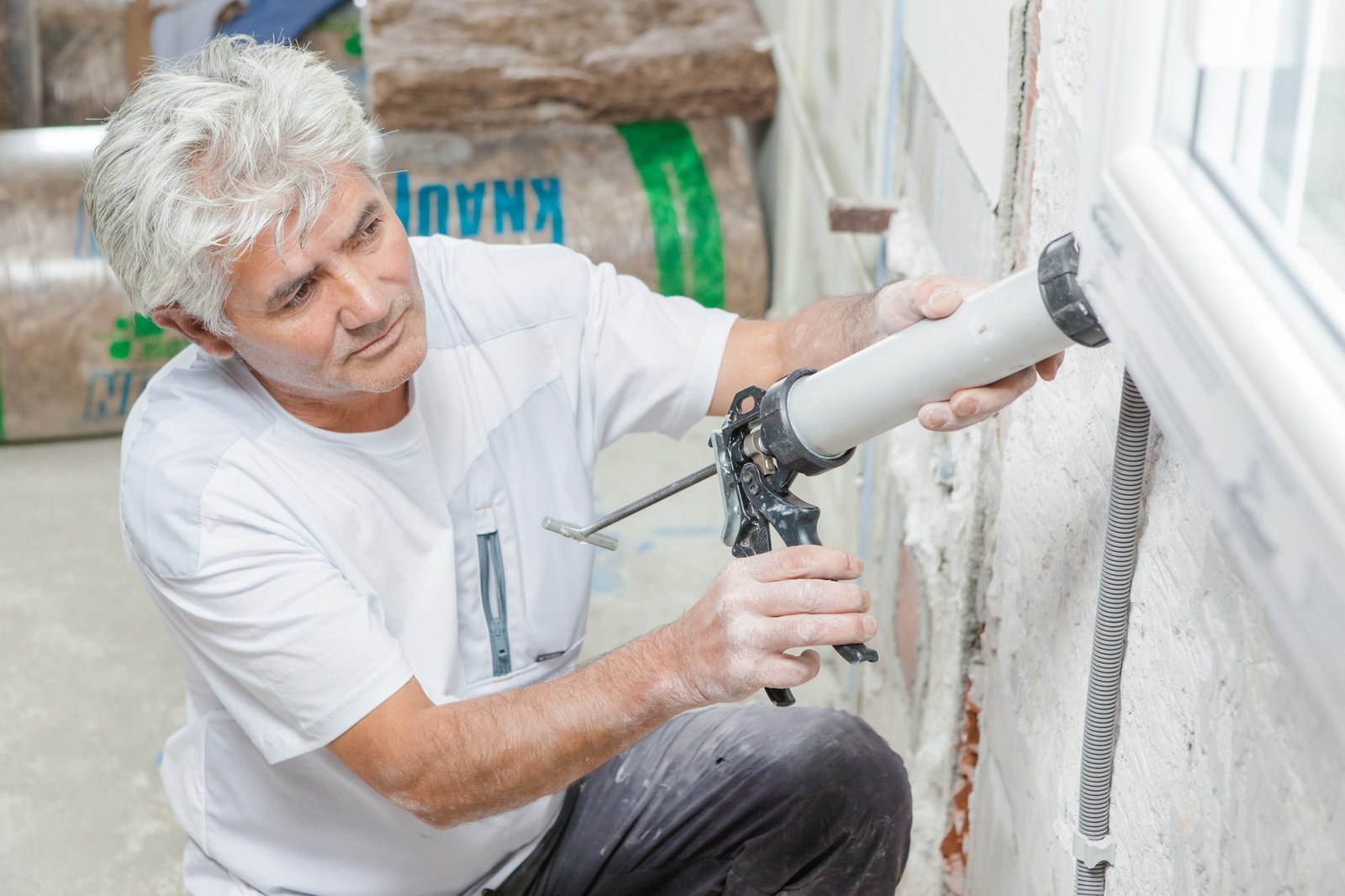How to draught proof your windows

Each year as winter approaches and temperatures start to drop, we start thinking about whether or not it’s time to turn on the heating in our homes. In trying to reduce bills we end up living in a colder house for several weeks. This can be particularly tricky if you live in an old house, as usually these are not as well insulated and draught proof as a new build home, and can feel really uncomfortable when temperatures drop. One of the things you can do in order to extend the time you keep your heating off and increase the level of comfort in your home is to draught proof your windows.
Draughty windows are a big contributor to the ingress of cold air into your home, especially if they have not been properly fixed to the wall or adequately sealed. They can start developing some cracks and the sealing can wear off after several years. In some cases, the state of your windows may be beyond repair and you need to replace them. However, many times it is just the case of reinforcing or replacing the window/wall joint seal or installing rubber/foam strips in between frames. If your windows are single glazed and you live in a rented home or have a tight budget, you can use secondary glazing film as a temporary solution for winter.
One way to test if your windows are leaking is by lighting an incense stick near the joints and observe the smoke. If it quivers, then you have air leakage. To sort this out you can use some of the methods below:
Sealing window/wall joints
Silicon Caulk
You can seal your windows internally or externally by applying caulk to the cracks on the frame and where the frame/trim meets the wall. To do that you will need a caulking gun, a tube of silicone caulk and a scraper. First use the scraper to clean off any old caulk. Then insert the tube of silicone caulk into the caulking gun, cut the tip of the caulk tube nozzle. Make sure you remove or puncture any seal within the caulk tube, then apply the caulk by moving the nozzle along the cracks and applying a little pressure on the gun trigger. Make sure to apply on all four sides of the window. Pass your wet finger or a wooden stick along the crack to smooth the surface of the silicone caulk. Wash your hands and tools before the caulk dries and you are done!

Expanding Foam
If you are able to remove your internal or external window trim you can do a more effective and permanent job than just sealing cracks with caulk. Use a pry bar and a hammer to remove the trim and apply expanding foam to the void between the window and the wall, filling it completely. Wait for several hours until it dries and cut off any excess with a knife. Replace the trim and retouch paint as necessary.

Applying rubber strips inside frames
Self-adhesive draught excluder strips are effective in stopping air leakage in casement windows. They are available in different thicknesses and shapes such as “E” and “P”. Place them on the inside of the frame where the openable part of the window meets the fixed part, the frame rebate. Make sure to choose the correct shape and thickness for your window as if it is too thin it won’t stop draughts and if it is too thick your window will not close. Cut a single strip long enough to fit to the length/height of the window and peel off the backing paper to expose the adhesive. Place the rubber strip along all 4 sides of the frame.
For sash windows you can place rubber strips at the bottom, top (if the top is movable) and between where both panes meet. Additionally, you can place brush strips along the sides (internally for the bottom panel and externally for the top panel).
Applying secondary glazing film
You can apply double glazing film to the inside of your windows as a temporary low cost solution for winter. Make sure all window surfaces are clean and free from any dust or grease, you can use white spirit to clean them. Measure the window and cut the film to the appropriate size. Place the adhesive strips that come within the double-glazing film pack on the four sides of the window frame and stick the film to it. Use a hair dryer to blow hot air on to the film and make it shrink so it fits perfectly and is free from any wrinkles. Note that with this solution you will not be able to open the windows and you will have to find other ways to allow an appropriate amount of fresh air into your home as it is important for your health.
By following the tips above, you will have a warmer and more comfortable home and also reduce your bills, so wake up the GIYer in you and Green It Yourself…Now!








